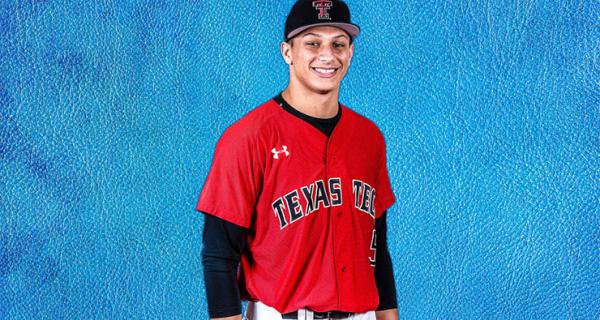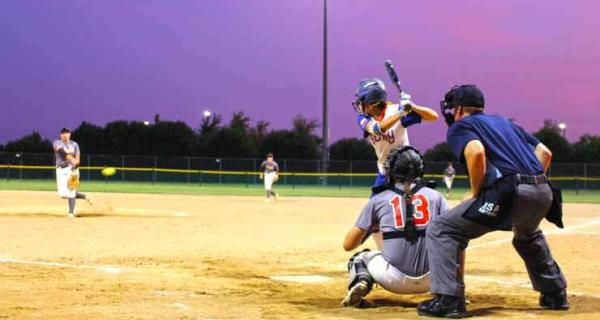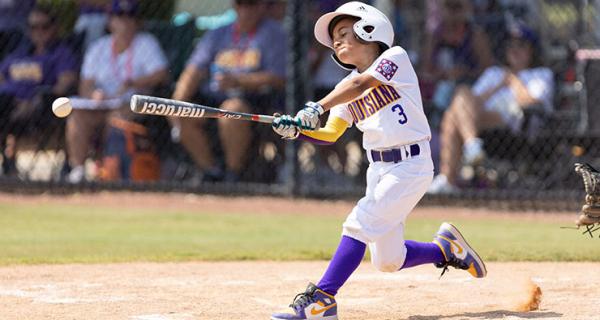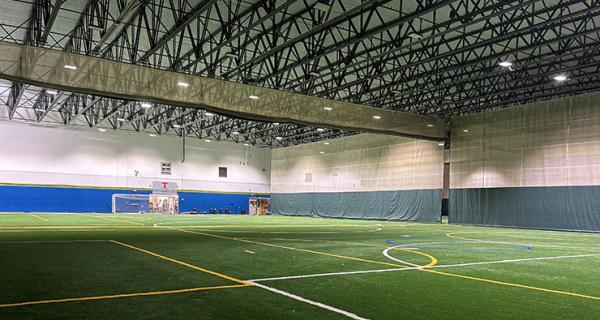Livestreaming Connects High School Sports Communities
NFHS Network teams with high schools across the country to showcase games while live audiences are limited amid the pandemic.
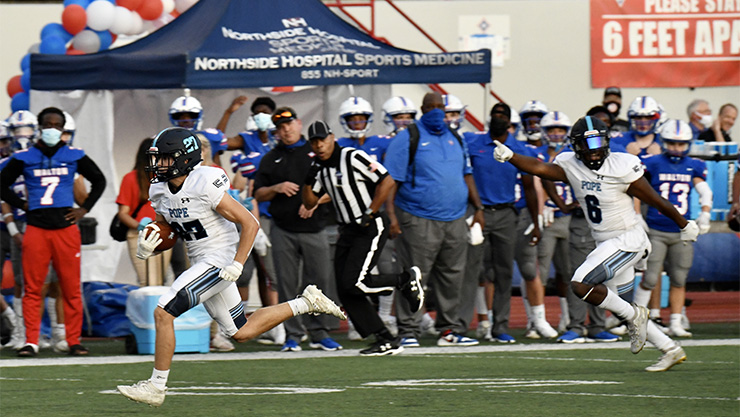
Football returned to Alan C. Pope High School in Marietta, Georgia, last Friday. Families and some fans were in the stands for the home opener against neighboring Kell High School, but social distancing restrictions limited attendance. Had this been the situation a few years earlier, only those in the stadium would have seen the action. Others would rely on the stories (probably some exaggerated) they would hear thereafter.
But all of Friday’s action was available through livestreaming technology that allows athletic communities all across the country to remain part of the action even when venues are sparsely filled.
The NFHS Network has changed the way high school athletics can be consumed. Created eight years ago, the subscription-based service (similar to Netflix) has grown year over year. But the 2020-21 school year, shaped in so many ways by COVID-19, has elevated the service’s importance and dramatically increased interest from athletic departments.
Pope is one of about 5,000 schools already partnering with the network, says Mark Koski, CMAA, vice president of NFHS Network and chief marketing officer of the National Federation of State High School Associations.
The goal is for all of the country’s 19,500 high schools to use the network’s services, which would lead to more than 2 million athletic contests being broadcast per season. More than 5,000 additional schools are in various stages of onboarding currently, which should leave Koski’s team halfway to its goal by the end of the school year. Each state will be represented.
“We want to make sure fans don’t miss a play or miss a pitch,” says Koski. “It brings the community together in ways they were not able to before.”
Filling a Need
NFHS Network began its latest fundraising efforts in 2019 through Georgia-based Buckhead Investment Partners. The timing could not have been better. It was able to secure $200 million that’s been used to distribute cameras through the network’s high school support program launched in July 2020.
Participating schools’ games are available live and on demand on the network’s website, allowing players’ grandparents, aunts and uncles, and other relatives to watch them regardless of where they live. More locals are tuning in this year as schools adhere to state and local guidelines regarding attendance. Pope is allowed to have 30% capacity at its sports venues, but Pope Athletic Director Josh Mathews says the numbers are, in reality, lower than that to maintain a separation of 6 feet.
Mathews says the school community understands streaming is the best option this year, and is tuning in accordingly. Koski reports more viewers are a national trend. The combination of fewer people in the stands and sports-starved fans compensating for fewer pro games has resulted in a more than 200% increase in the NFHS Network’s audience, Koski reports.
In order to be able to showcase hundreds of thousands of games per year, NFHS provides schools with Pixellot cameras that automate the streaming process. Schools set up the cameras at outdoor stadiums, fields and gymnasiums. Then athletic departments supply a schedule to the network, which then programs the cameras to roll at game time. One school represents 130 contests the network airs per academic year, Koski says.
Pope, an early adopter of the technology, has four devices to also livestream baseball and softball games. “To get [our students’] performances outside the walls of our campus is very beneficial and exciting, especially when we have family members living all over the country,” says Mathews.
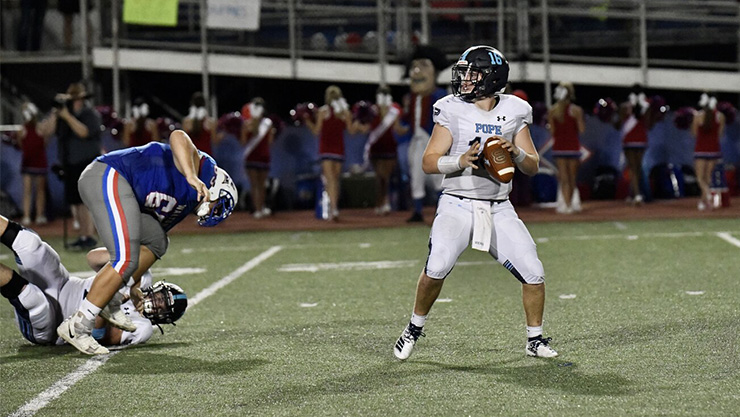
Game Time All the Time
Prior to Pixellot, NFHS Network relied on students, volunteers and parents to help capture the action. While it was great experience for the kids, the reality was the local production teams only had the time, resources and interest to record marquee varsity games.
To be able to show all games, including freshman and junior varsity contests, network officials knew they needed to make it as easy as possible for athletic departments, making the automated cameras the perfect solution to fulfill the ultimate mission of showing 2 million games per year.
“We did not want this to be a football or a basketball network; we wanted this to be a high school network. We have field hockey, lots of great softball and all of the sports,” says Koski, noting there is a 50/50 split between boys and girls games.
Indeed, Mathews is just as proud to be airing wrestling meets and volleyball games as the traditional Friday night lights action.
Koski, a former football and track and field coach at an Albuquerque high school, stresses NFHS Network does not want to replace fans in the stands. “We believe high school sports is a great way to come together and we sure hope we get back to that,” says Koski, who now lives in Indianapolis, where the National Federation of State High School Associations is based.
Similarly, Mathews acknowledges game results don’t matter quite as much in this unusual year. He says each time a team can perform an activity together is a victory while the country fights the pandemic.
“The biggest result is getting on the field to play or practice,” Mathews says. “Practice is a privilege right now. Any minute, you can get a call that you are quarantined because of a positive test. We’re trying to stress this can end any minute, so enjoy each opportunity.”
Photo Credit: Brandon Orr




